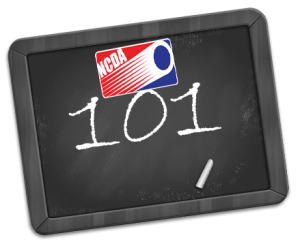 Here is a list of some of the skills a dodgeballer should try to put into their arsenal, and some of the skills they should leave out!
Here is a list of some of the skills a dodgeballer should try to put into their arsenal, and some of the skills they should leave out!
GOOD:
- Power Arm: Pretty self explanatory. This skill is tremendous to have, as it’ll allow a player to effectively throw at his/her target and get someone out. The better power arm players can throw alone, which normally is something that is bad, but they can make it work.
- Accuracy: There’s no point in having strength if you can’t control it. Granted, there’s no point in putting a ball where you want it at 49 mph (as I am often reminded), but accuracy is just as important as power. If you can be a sniper and pick off targets with crosses or feet shots, it’s a lot better than just blindly throwing at someone’s chest.
- Awareness: This comes in two stages- firstly, court awareness. Knowing where you are on the court at all time, knowing where your opponents are, knowing where the balls are coming from, all these are extremely important in dodgeball. But also being aware about your own skill set and the skill set of others is important. For example. if you only throw 50 mph you shouldn’t be throwing alone. You also shouldn’t team throw with a 70 mph thrower, because the throw speed will be very drastic. If you’re not a catcher you should try and get behind a blocker if possible on a team throw.
- Catching: Another extremely important skill, and one that can make up for the lack of a good throw. With the two player swing rule being in place, catching can be argued as being more important than throwing, although I believe there needs to be a healthy balance on a winning team. A good catcher can “lock down” a side, similar to a good corner in the NFL, making teams afraid to throw his/her way.
- Dodging: This can be a very helpful trait if partnered with another trait. Even the best catcher needs to dodge every once in a while, and if you can’t catch, it’s crucial that you can either dodge or block.
- Blocking: Similar to dodging, this is great if you can add this to another skill you’re good-great in, but if you are a pure blocker, you can still be very helpful. Look at a team like Kent State, who in the past has had a few blockers like Billy Cameron and Jason Hallman. They are crucial to their team’s success, and protect their gunners as they do damage.
- Leadership: This can come not just from captains, but from everyone. This is also not just X’s and O’s, or strategies, or game film, but just having a positive influence on the team.
BAD:
- Negative Attitude: Whether it’s fighting with players, arguing with the refs, being a bad teammate, or just getting down on yourself, it’s going to hurt your play and your team’s play. The first three are self-explanatory, but if you can keep a positive attitude you can really help yourself tremendously. Sure, maybe you just got smoked in the face, or threw a catch, or missed a block for a teammate. Give yourself half a second, then move on. You’ll make the next play.
- Overconfidence: This was one I struggled with as a catcher, but you also see it a lot in throwers. As a catcher, there are times where I thought I was feeling “it”, just like a NBA player who takes a heat check, I would go for a risky catch. In fact, this is probably the easiest way to get a good, great, or an elite catcher out. Sometimes throwers will go to the line and think they throw 100 mph, or think that no one will see their cross coming, but those can be easy pickings. Or making a lazy block or dodge that leads to a player getting tagged. A good dodgeballer plays within their limits.
HOW TO IMPROVE!
- Let’s face it, everyone in dodgeball can get better. Even the best players in the league have their flaws. There isn’t a player with an 80 mph throw, elite hands, unbeatable blocking, great dodging, and is also one of the leaders of their team.
- One thing you can do to get better is improve your strengths. If you’re a good catcher, become a great one or an elite one. If you have a great arm, get some accuracy with it.
- The easiest ones to work on are dodging, blocking, and leadership. It doesn’t take much to become a positive person on the court, just make sure you don’t overstep your bounds with the captains on decisions! You also don’t need to be super athletic to be a good dodger, you just need decent reflexes. Mix up your dodges so you’re not a one trick pony. Blocking is similar, in that you need good reflexes, but also try to learn to “grip block” as that’ll make your blocking a lot easier!
- Practice makes perfect as well. If you’re skipping, then you can’t hone your skills. If you’re there, then you can throw at live targets, have people launch PG 8.5s at you, and get better comradery with your teammates.
- Most importantly, have fun! The more fun you’re having, the better you’ll play (at least in my opinion!)
I’m going to try and make this at least a monthly article, and try to get people who are good at certain things to help explain things better. If you want to help on something just hit me up and we’ll go forward from there.






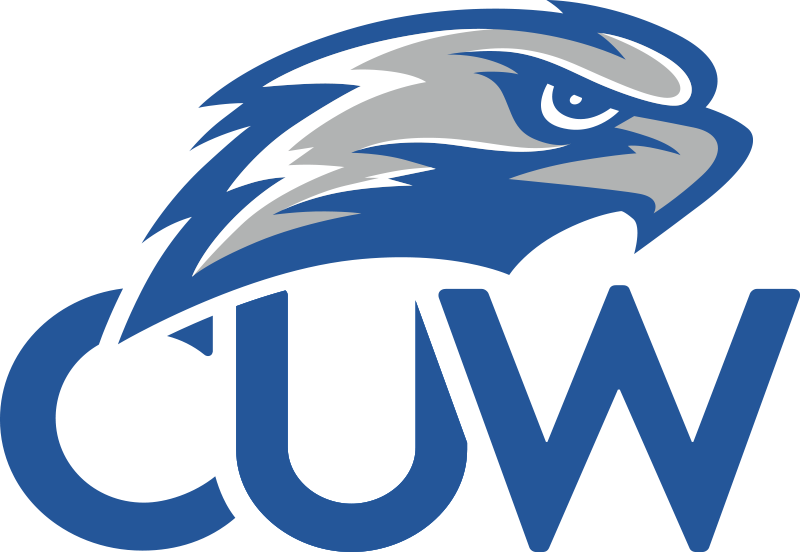
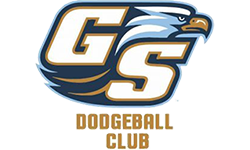


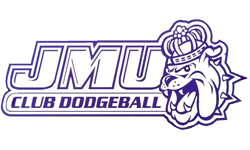







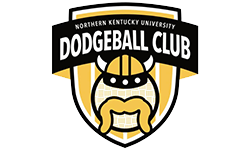







I also believe that countering is a great technique that can make or break a game at any point. I was voted best counterer for the SV team 2 years in a row. That split second when you break towards an opponent as they are throwing at you, while blocking you and your teammates behind you, you have to be quick, a good blocker, and kinda fearless to be a good counterer.
Great point! Thanks Kyle!